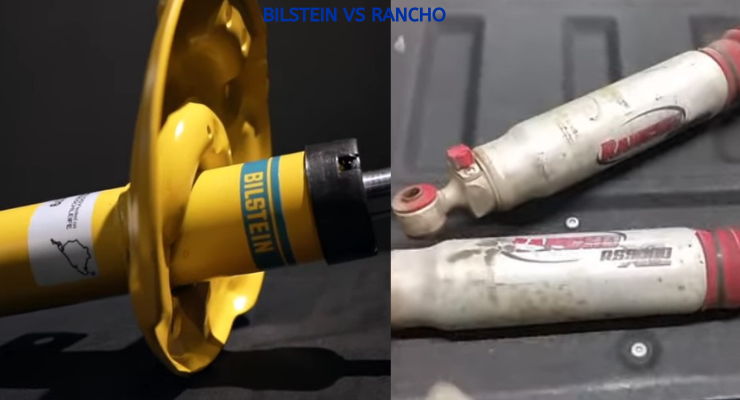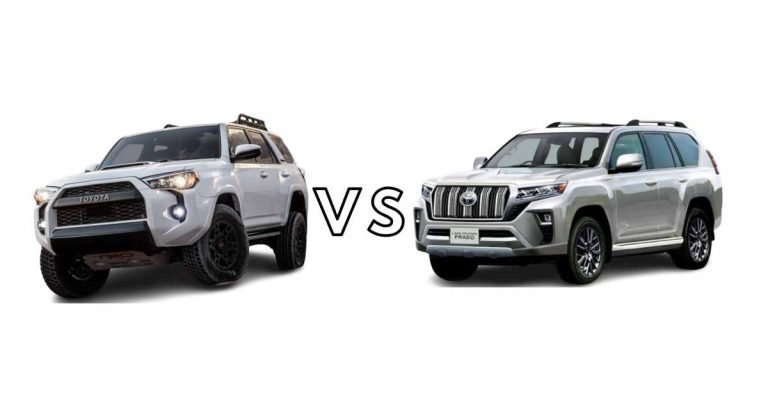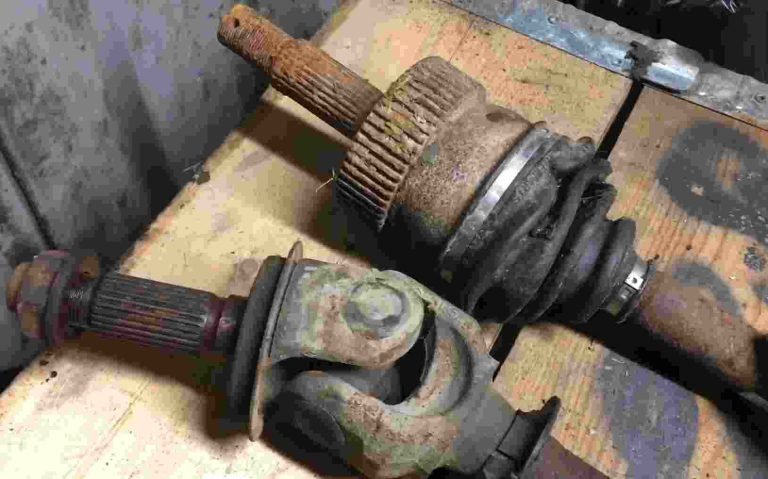HOAT vs OAT Coolant: Which One Should You Grab?
When it comes to coolants, both HOAT and OAT are great choices. Car enthusiasts and drivers have been using them both for years. However, when it’s a HOAT vs OAT coolant discussion, you have to talk about their slight differences.
So, what is the difference between HOAT vs OAT coolant? While both have almost similar properties, there are noticeable differences in composition, temperature protection, durability, maintenance, pH levels, and many more.
Keep reading to find the details below.
What Is HOAT?
HOAT, also known as “Hybrid Organic Acid Technology, is an engine coolant or antifreeze made for vehicles. It has a mixture of traditional inorganic additives and newer organic acid-based additives. This perfect blend makes sure your car stays protected from corrosion.
Regardless of what type of metal your vehicle uses, HOAT ensures it stays safe. It also protects aluminum from corrosion.
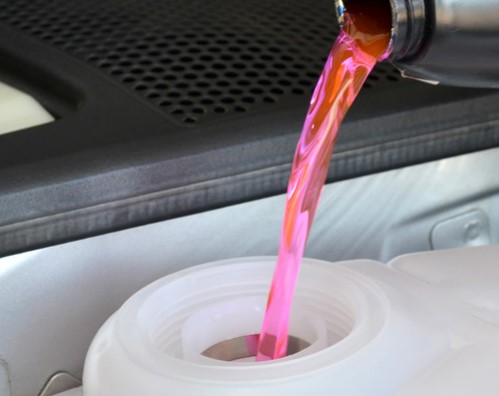
What Is OAT?
OAT stands for ‘Organic Acid Technology’. OAT coolants are made with organic acids as corrosion inhibitors. The makers never use any traditional inorganic additives like silicates, phosphates, and borates.
Drivers love OAT coolant for its extended service life and enhanced corrosion protection attribute. However, there’s one thing that OAT is pretty good at. It specifically protects aluminum components in modern engines.
If you use OAT coolants, you must keep one thing in mind. You can’t mix this coolant with other coolant types.
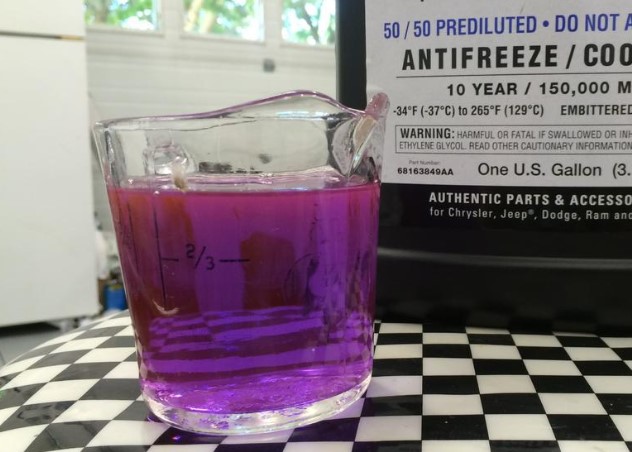
HOAT VS OAT Coolant- The Differences
So here we are, breaking down the differences between the two coolant types.
Composition
- HOAT Coolant: HOAT has a mixture of both traditional Inorganic Technology and Organic Acid technology. You can have a hunch about its properties when we say ‘H’ stands for Hybrid. The coolant uses silicates and phosphates with organic additives to create a versatile spectrum of protection.
- OAT Coolant: This coolant has no mixture of organic and inorganic technology. It comes exclusively with organic acid inhibitors. There’s no presence of additives like silicates, phosphates or even borates. If you want something completely organic, you should go for OAT coolants.
Corrosion Protection
- HOAT Coolant: HOAT comes with amazing corrosion protection capability. It’s probably because of the mixture of organic and inorganic additives. The coolant can protect aluminum and cast iron components within your car’s coolant system.
- OAT Coolant: Even though OAT coolant can protect most metals and materials with its corrosion protection abilities, its primary focus is on aluminum components. However, it doesn’t protect cast iron elements like HOAT does.
Compatibility
- HOAT Coolant: HOAT coolants strike a balance between their compatibility with diverse vehicle types. They are generally suitable for a wide array of vehicles. It doesn’t matter if your vehicle is equipped with aluminum radiators. This coolant type can take care of everything.
- OAT Coolant: OAT coolants, with their emphasis on aluminum protection, find themselves particularly well-suited to modern vehicles. And when we’re saying modern vehicles, we’re talking about the ones furnished with aluminum components.
Service Life
- HOAT Coolant: You can expect to have an extended service life from HOAT coolants. However, compared to OAT coolants, they might need frequent replacements.
- OAT Coolant: OAT coolants establish themselves as more like a package of “long-life” solutions. Their ability to maintain effectiveness over significantly longer periods is a plus. You won’t be requiring replacements anytime soon.
Maintenance
- HOAT Coolant: If you want HOAT coolant to serve you for a long time, you must go for periodic testing. Along with this, you have to replenish the additives occasionally.
- OAT Coolant: You need very low maintenance for OAT coolants. Compared to HOAT, they don’t need frequent additive supplementation. Thus, what you get is a completely hassle-free experience.
pH Balance
- HOAT Coolant: HOAT coolants typically have a more neutral pH. This pH balance is compatible with various engine components thanks to the blend of organic and inorganic additives.
- OAT Coolant: OAT coolants have a more of an alkaline (basic) pH. The pH stays like this since there are no certain inorganic additives like silicates and phosphates.
The higher pH of OAT coolants enhances their compatibility with aluminum surfaces. This provides effective corrosion protection as well.
Temperature Protection
- HOAT Coolant: HOAT coolants offer a moderate level of temperature protection. The inorganic additives form a protective barrier on metal surfaces. This barrier helps prevent excessive heat transfer, ensuring engine components maintain optimal temperature ranges.
- OAT Coolant: OAT coolants are designed to provide excellent temperature protection, especially in higher temperature ranges. As there are no inorganic additives, it reduces the risk of abrasive wear and sedimentation.
This allows OAT coolant to be efficient when it comes to heat transfer.
Environmental Impact
Both HOAT and OAT coolants are good choices over traditional IAT formulations. There are hardly any of these additives harmful to the environment. Both of them boast an eco-friendly profile.
Compatibility Concerns
Don’t mix different coolant types with either of these coolants. Otherwise, it can compromise their performance. What’s worse, it can even damage the cooling system. You must follow your vehicle manufacturer’s recommendations.
What Should You Look For In a Good Quality Coolant?
If you want to go for a good coolant, make sure it has the following attributes.
- Corrosion Protection: The coolant should provide effective corrosion protection for all the metals and materials present in your engine’s cooling system.
- Temperature Protection: It should offer reliable freeze protection in cold temperatures and effective heat dissipation in hot conditions.
- Compatibility: The coolant should be compatible with the materials in your engine, such as aluminum, steel, rubber, and plastics.
- Longevity: A quality coolant should have an extended service life, reducing the frequency of coolant changes.
- pH Balance: The pH level of the coolant should be balanced to prevent acidic or alkaline conditions. Otherwise, it could harm the cooling system components.
- No Mixing Issues: If the coolant is premixed, ensure it’s compatible with your vehicle’s existing coolant. If concentrated, it should mix well with the appropriate type of water.
- Environmental Friendliness: Look for coolants that are less harmful to the environment and safe for disposal.
- Manufacturer Recommendations: Always follow your vehicle manufacturer’s recommendations for the coolant type.
Watch this video:
Final Words: HOAT vs OAT, Which One to Choose?
So, when it’s about HOAT vs OAT coolant, choosing between these two depends on your needs. OAT coolant might be the better choice if you have a newer vehicle designed for it and prefer longer service intervals. It comes with excellent corrosion protection and extended service life.
However, if you have an older vehicle or prefer a more balanced approach to corrosion protection, HOAT coolant could be a suitable option. However, always follow your vehicle manufacturer’s recommendations for the best coolant choice.



